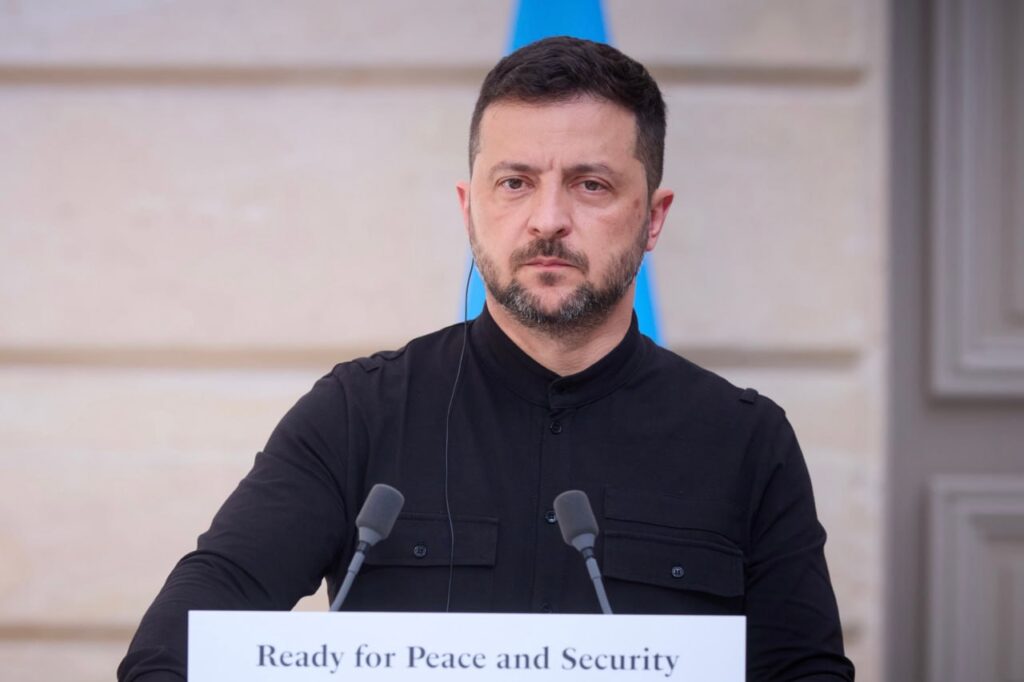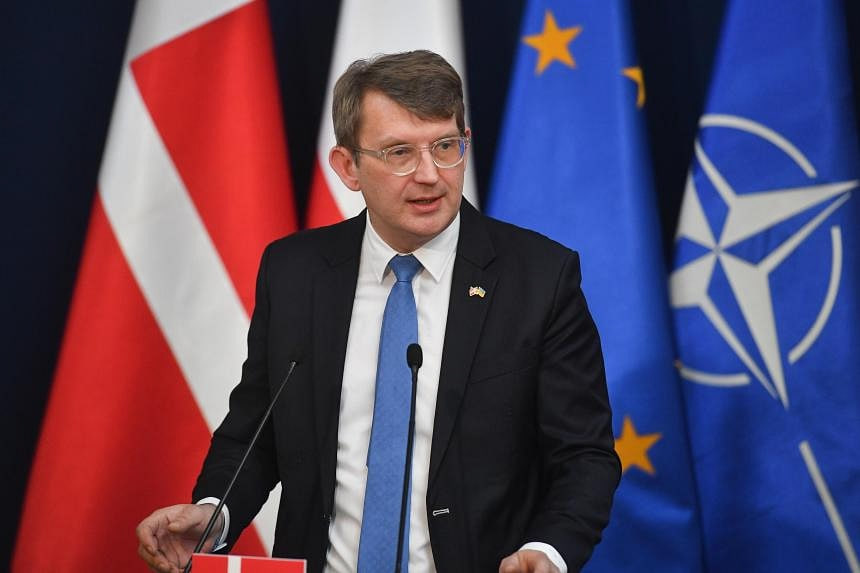Zelenskyy announces plans for controlled arms exports to fund Ukrainian weapons production

Ukrainian President Volodymyr Zelenskyy announced on Friday plans to begin controlled exports of certain Ukrainian weapons to help finance domestic arms production.
Speaking in his evening address, Zelenskyy said that while priority remains supplying frontline units and maintaining national stockpiles, surplus modern weapons – such as sea drones and some anti-tank systems – could be exported under strict controls.
Zelenskyy noted that Ukraine can produce certain modern weapons in far greater quantities than it can currently fund on its own, while some types of arms are already in surplus relative to the country’s immediate needs.
He emphasized that exports will be for allied countries with verified interest in supporting Ukraine, while preventing technology from reaching Russian forces or their collaborators.
Ukrainian forces, companies, and the army possess extensive experience in modern warfare, particularly in operating advanced weapons and cutting-edge technologies, the president highlighted.
Within two weeks, Ukraine plans to present three export platforms: one for the US, one for European partners, and one for other international allies.
Zelenskyy said the initiative will allow Ukrainian manufacturers to expand production, particularly of drones needed at the front, while covering funding gaps in domestic defense production.
He also indicated that there is strong international interest in collaborative weapons production with Ukraine, and that demand for Ukrainian arms is clear.
“First priority is the front, supplying our brigades. Second is our national arsenals. Only third comes controlled exports,” Zelenskyy said. He stressed that exports are not meant as “weapons charity,” but as a strategic tool to strengthen Ukraine’s defense capabilities.
